6 Eid Dishes to Accompany Lontong or Ketupat, There Are Many Delicious Options
Explore 6 favorite Eid dishes that accompany ketupat, from chicken opor to fried liver sambal, which will make your Eid al-Fitr moments even more memorable!
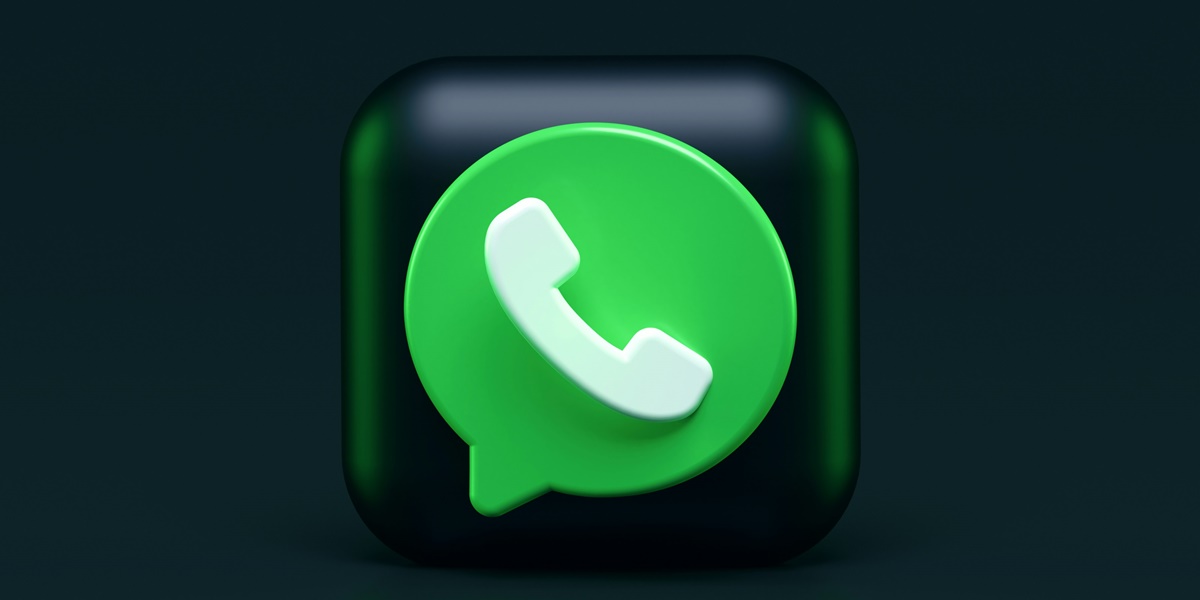
Sometimes, you may be curious about the content of a message that has been deleted before you had a chance to read it. Fortunately, there are several ways to view WhatsApp messages that have been deleted by the sender easily. With certain methods, you can still know the content of the message even if the sender has deleted it.
Knowing how to view WhatsApp messages that have been deleted by the sender can be very useful in various situations. Whether for personal needs or just to satisfy curiosity, there are several tricks that can be used. You can utilize the built-in features of your device or additional applications to recover deleted messages.
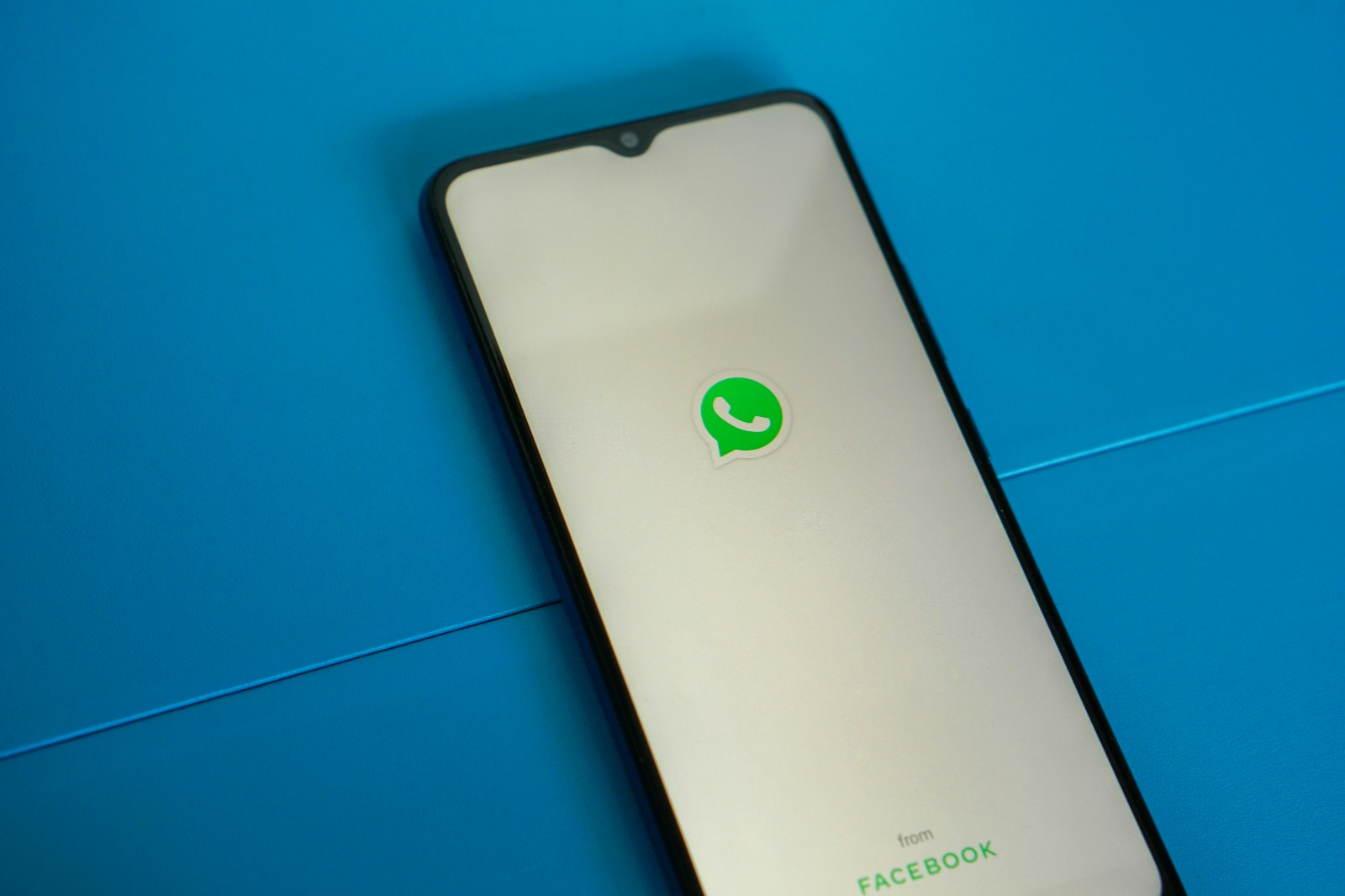
The initial page when the WhatsApp application is opened (credit: unsplash)
Deleted WhatsApp messages refer to digital communications that were initially sent via the WhatsApp platform but were later removed by the sender using the “Delete for Everyone” feature. This feature allows users to delete messages from a conversation within a certain time frame after sending, typically around one hour.
When a message is deleted using this feature, the recipient usually sees a notification saying “This message has been deleted” replacing the original content. The primary purpose of this feature is to give users a second chance if they send the wrong, unwanted, or potentially misleading message.
It is important to understand that although the message may appear deleted from the app's interface, the actual data may still be stored on the device or server for a certain period. This opens up the possibility of recovering or viewing deleted messages through various methods, which we will discuss further in this article.
The phenomenon of deleted messages has sparked various reactions and discussions about privacy, trust, and ethics in digital communication. On one hand, this feature gives users more control over their messages. On the other hand, it can also create curiosity or suspicion on the part of the recipient, especially if the message is deleted before it can be read.
There are various motivations that drive someone to delete messages that have been sent on WhatsApp. Understanding these reasons can provide insight into the complexities of digital communication and the importance of the message deletion feature. Here are some common reasons why a sender might decide to delete a message:
Understanding these reasons is important to respect the privacy and intentions of the sender. Although there are ways to view deleted messages, the ethics and legal implications of such actions should be considered. In many cases, respecting the sender's decision to delete a message is a wiser and more ethical approach.
Although WhatsApp has designed the message deletion feature to protect user privacy, there are several methods that are often used to try to view deleted messages. It is important to note that the effectiveness of these methods may vary depending on the version of WhatsApp, the type of device, and system settings. Here are some common methods that are often used:
Each method has its own advantages and disadvantages. Some may require technical expertise, while others can be performed by average users. However, it is important to remember that accessing messages deliberately deleted by the sender can raise ethical and legal issues. Always consider the implications of your actions and respect the privacy of others.
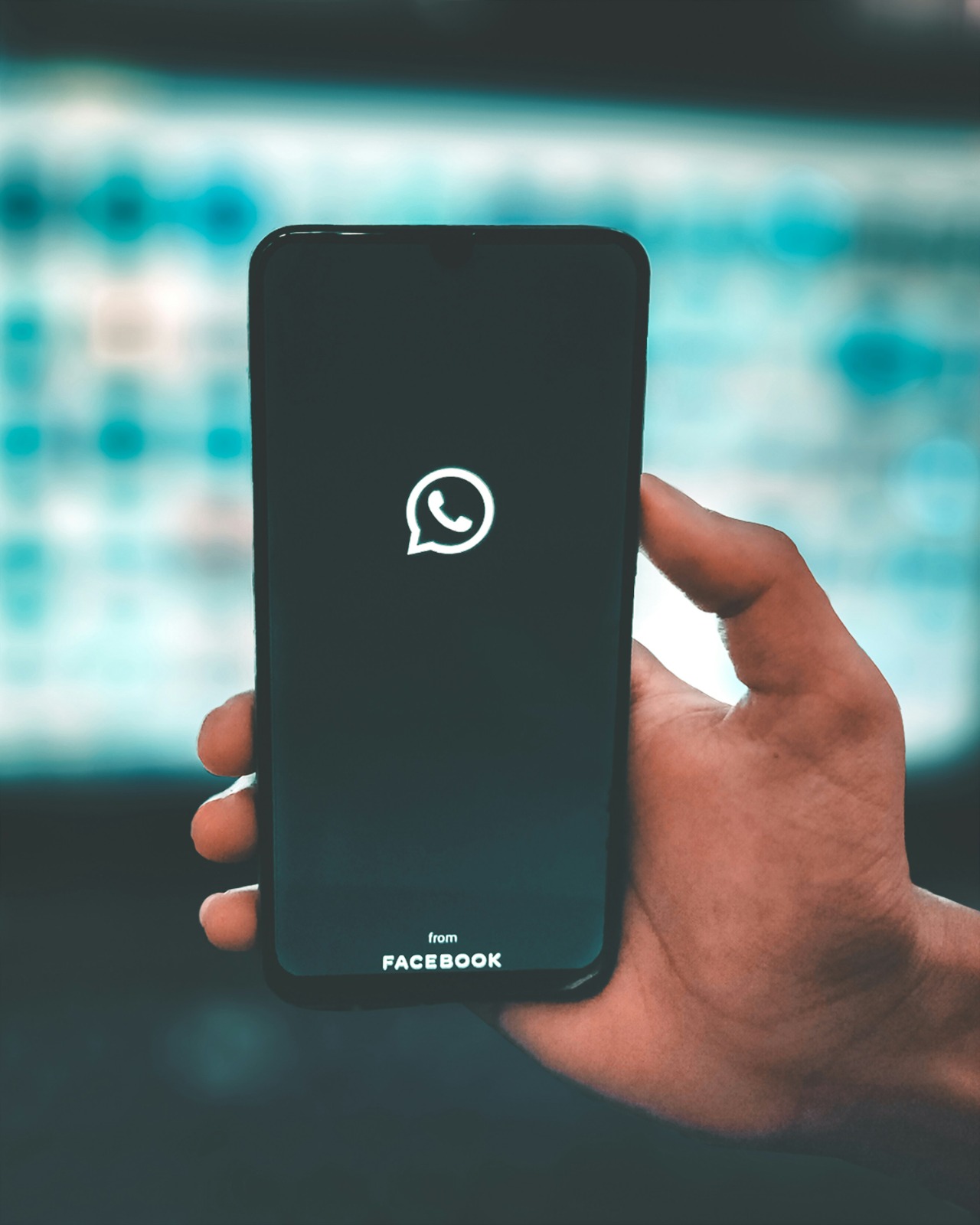
The initial page when the WhatsApp application is opened (credit: unsplash)
One of the methods often used to view deleted WhatsApp messages is by using third-party applications. These applications are specifically designed to monitor and save incoming notifications, including WhatsApp messages, before they are deleted by the sender. Some popular applications frequently used for this purpose include:
The way to use these applications is usually quite simple:
However, it is important to remember that using third-party applications has several risks and considerations:
Before using third-party applications, carefully consider the ethical and legal implications of such actions. Always prioritize the privacy and security of your data and that of others.
One effective method to view deleted WhatsApp messages is by utilizing the chat backup feature provided by the app. WhatsApp automatically creates backups of conversations periodically, which can be used to restore old messages, including those that may have been deleted.
Here are the general steps to utilize chat backup:
It is important to remember a few things regarding this method:
Although this method can be effective, it should be considered that restoring an entire chat just to see one deleted message may not always be practical. Additionally, this action could also be seen as a violation of privacy if done without the sender's knowledge or consent.
One of the simplest ways to see deleted WhatsApp messages is through notifications. This method takes advantage of the fact that message notifications often remain stored on the device even after the message has been deleted from the WhatsApp application itself.
Here are some ways to view messages via notifications:
Some things to keep in mind when using notification methods:
Although notification methods can be a quick and easy way to see deleted messages, it is important to respect the sender's privacy and consider the reasons why they chose to delete the message.
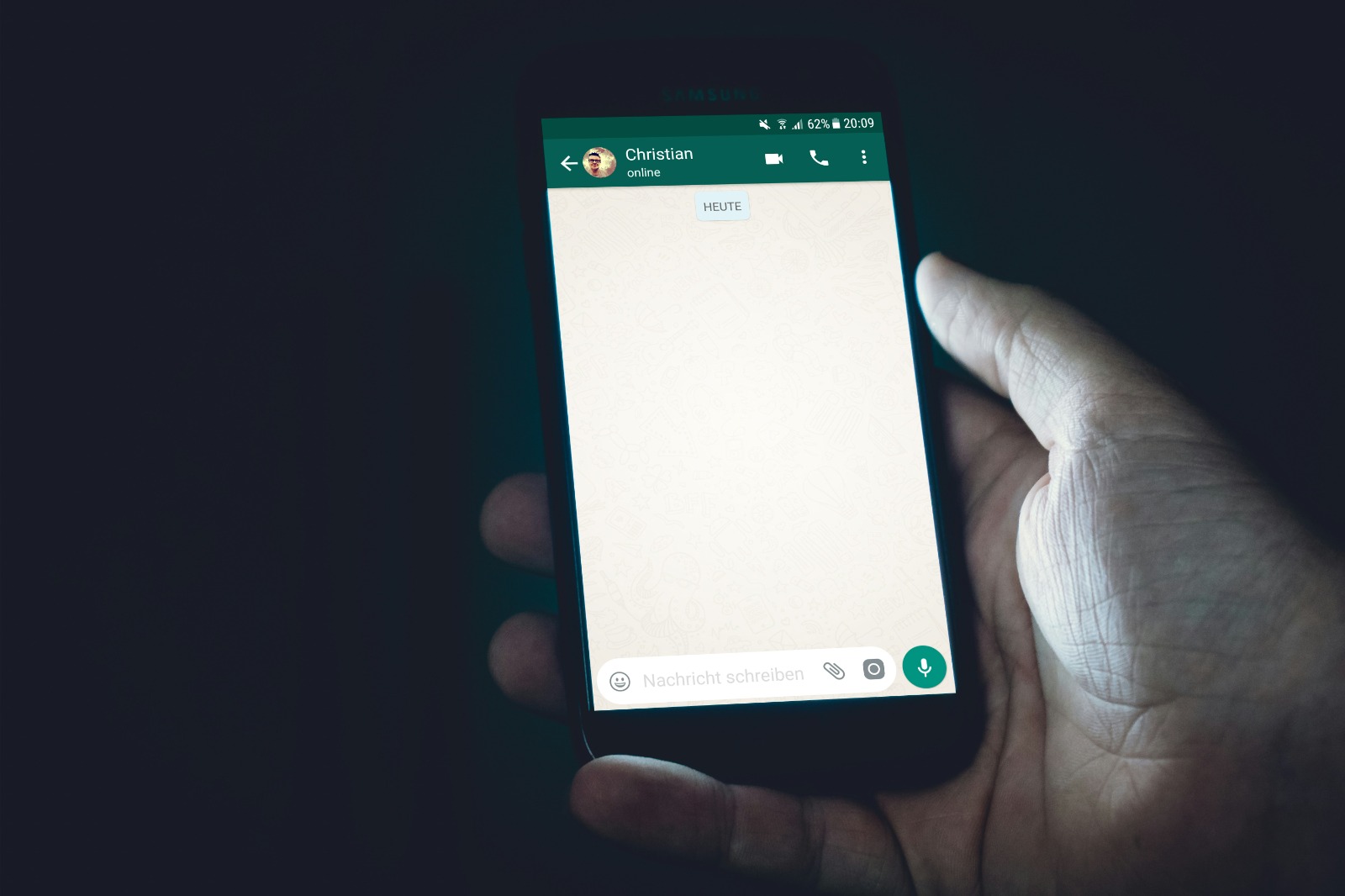
Chat Feature Display of the WhatsApp Application (credit: unsplash)
WhatsApp Web offers an alternative way to view messages that may have been deleted on mobile devices. This method leverages the fact that the synchronization between WhatsApp on the phone and the web version is sometimes not instant, providing a short window of time during which deleted messages may still be visible on the web version.
Here are the steps to try the WhatsApp Web method:
Some things to keep in mind when using the WhatsApp Web method:
Although the WhatsApp Web method can be a relatively easy way to attempt to see deleted messages, it is important to consider the ethical and security implications of such actions. Always respect others' privacy and use communication technology wisely.
The root method to view deleted WhatsApp messages on Android devices is a more advanced and risky approach. Rooting provides full access to the Android operating system, allowing users to access and modify system files that are usually protected. However, this process requires technical knowledge and carries significant security risks.
Here are the general steps to use the root method:
It is important to understand the risks and considerations when using the root method:
Given the risks and complexities involved, the root method is not recommended for the average user. It should only be considered by highly experienced users in modifying Android devices who fully understand the risks involved. Always prioritize the security of your device and the privacy of your data and others.
Jailbreaking an iOS device is a process similar to rooting on Android, providing full access to the operating system. For iPhone users who want to try to view deleted WhatsApp messages, jailbreaking can be an option, although it carries significant risks and technical complexities.
Here are the general steps for the jailbreaking method:
Important considerations when using the jailbreaking method:
Like rooting methods on Android, jailbreaking on iOS is not recommended for the average user due to its risks and complexities. This method should only be considered by highly experienced users in iOS device modification who fully understand the consequences of such actions.
Always remember that the security of your device and the privacy of data, both your own and others', should be a top priority. Accessing messages intentionally deleted by the sender also raises ethical questions that need to be carefully considered.
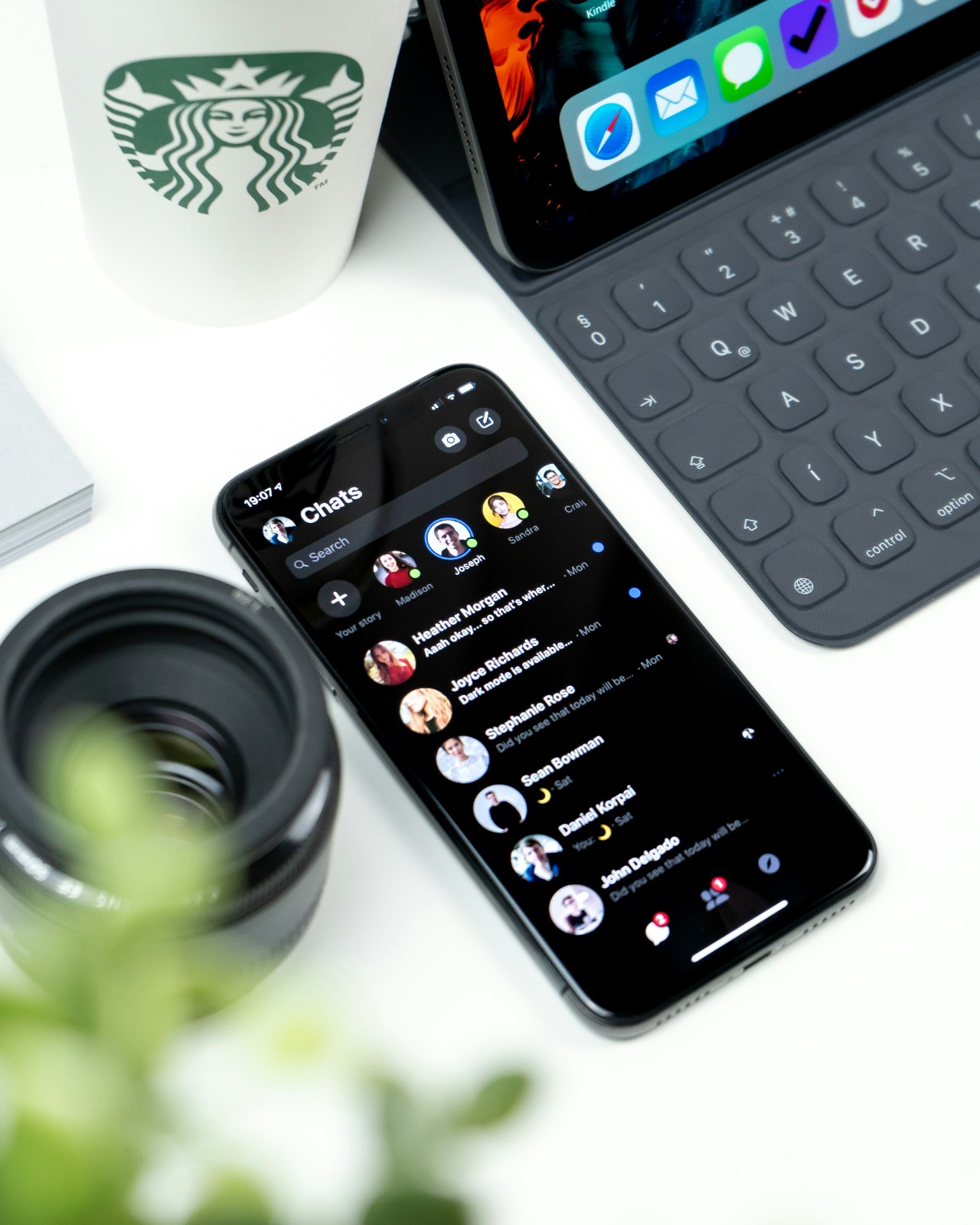
WhatsApp Application Chat Inbox (credit: unsplash)
Although there are various methods to try to view deleted WhatsApp messages, it is important to understand that each of these attempts carries significant risks and security implications. Here are some key risks and security considerations to keep in mind:
Given these risks, it is crucial to consider whether the effort to view deleted messages is truly worth the potential negative consequences. In many cases, respecting the privacy and intentions of the message sender is a wiser and more ethical choice.
If you still decide to try one of these methods, make sure to take additional security precautions:
Finally, it is important to remember that healthy and open communication is often better than trying to access information that has been deliberately deleted. If you have concerns about deleted messages, it may be better to discuss them directly with the sender rather than attempting risky technical methods.
In the digital age where communication through platforms like WhatsApp is becoming increasingly common, ethical and privacy considerations are very important. The effort to view messages that have been deliberately deleted by the sender raises various ethical dilemmas that need to be deeply contemplated.
Several aspects of ethics and privacy that need to be considered include:
In the context of digital communication ethics, it is important to consider the following principles:
Additionally, it is important to understand that ethics in digital communication also involves responsibility as a message sender. Some considerations include:
Finally, it is important to remember that technology continues to evolve, and with it, ethical norms in digital communication will also continue to evolve. As users of technology, we have a responsibility to continually evaluate and reflect on our communication practices, ensuring that we respect the privacy and integrity of others while maintaining openness and honesty in our interactions.
Although there are various methods to try to view deleted WhatsApp messages, it is often wiser and more ethical to seek other alternatives. Here are some alternative approaches to consider:
Additionally, there are several positive practices that can be applied in the use of WhatsApp and other instant messaging applications:
Adopting these approaches not only respects others' privacy but can also enhance the overall quality of your communication. It encourages openness, honesty, and mutual trust in your digital interactions.
It is also important to remember that communication technologies like WhatsApp are designed to facilitate positive and productive interactions. By focusing on the responsible and ethical use of the available features, we can create a healthier and more respectful digital environment.
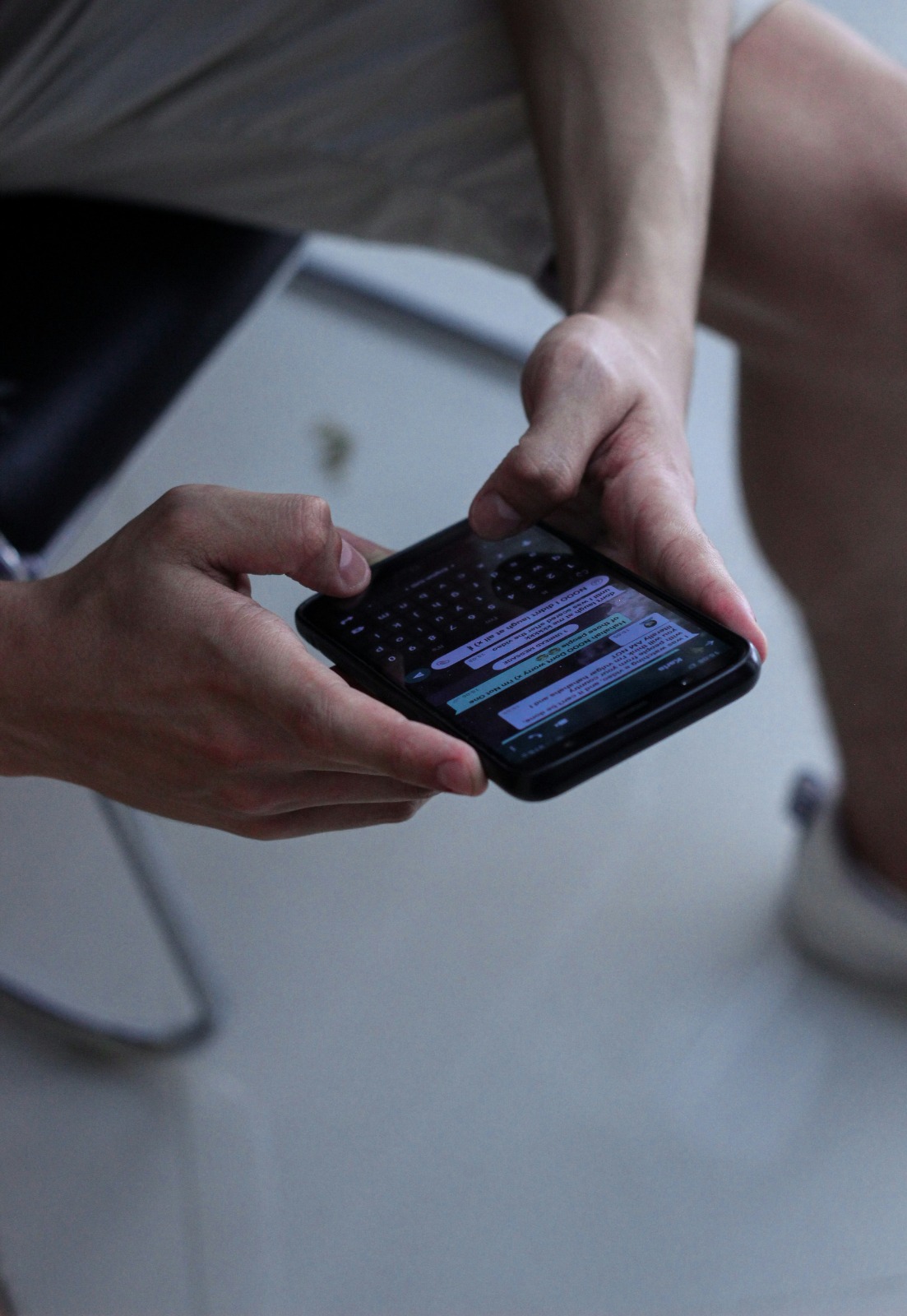
Someone is using the WhatsApp chat feature (credit: unsplash)
The development of instant messaging technology, including WhatsApp, continues to advance rapidly. New innovations not only enhance functionality and security but also bring new challenges in terms of privacy and digital communication ethics. Here are some important aspects of the development of instant messaging technology:
This technological development brings important implications:
Looking ahead, we can expect several trends and innovations in instant messaging technology:
As these developments unfold, it is important for users, developers, and policymakers to continue the dialogue about the ethical and social implications of instant messaging technology. The balance between innovation, privacy, security, and user wellbeing will be key in shaping the future of digital communication.
Here are some frequently asked questions about deleted WhatsApp messages, along with their answers:
A: Generally, it is not possible to view messages that have been deleted without the help of additional apps or methods. WhatsApp is designed to permanently delete messages when the "delete for everyone" feature is used.
A: Most third-party apps that claim to recover deleted messages come with security risks. They may require access to sensitive data on your device, which could jeopardize your privacy.
A: WhatsApp provides about 1 hour after a message is sent to use the "delete for everyone" feature. After this period, the message can only be deleted from the sender's device.
A: Yes, when a message is deleted using the "delete for everyone" feature, the recipient will see a notification saying "This message has been deleted" in place of the original message.
A: Messages deleted before a backup is made will not appear in that backup. However, if a message is deleted after the last backup is created, it may still exist in the backup file.
Some additional frequently asked questions:
A: Generally, there is no guaranteed legal way to view messages intentionally deleted by the sender, except through methods provided by WhatsApp itself (such as backups).
A: WhatsApp does not store the content of messages on their servers after the message is sent, so they cannot recover deleted messages.
A: If using the "delete for everyone" feature, the message will be deleted from the devices of all participants in the conversation. However, this is only effective if done within the specified time frame.
A: Yes, "delete for me" only removes the message from your device, while "delete for everyone" removes the message from all participants' devices in the conversation.
It is important to remember that although there are various methods and apps claiming to recover deleted messages, most of them are not entirely reliable and may violate WhatsApp's privacy policies. Always prioritize your security and privacy, as well as that of others in digital communication.

WhatsApp Logo (credit: unsplash)
In an increasingly complex digital era, the issue of viewing deleted WhatsApp messages by the sender reflects a broader challenge in modern communication. While there are various technical methods that may allow access to deleted messages, it is important to consider the ethical, legal, and security implications of such actions.
Some key points to remember:
Ultimately, the decision to attempt to view deleted messages should be considered very carefully. In many cases, respecting the privacy and intentions of the message sender is a wiser and more ethical choice. Focusing on building healthy and open communication is often more beneficial than trying to access information that has been deliberately deleted.
As users of communication technology, we have a responsibility to use it wisely and ethically, respecting the privacy of others while maintaining openness and honesty in our interactions. With a balanced and thoughtful approach, we can harness the power of modern communication technology while upholding important values such as trust and respect in our relationships.
(kpl/psp)
Cobain For You Page (FYP) Yang kamu suka ada di sini,
lihat isinya
Explore 6 favorite Eid dishes that accompany ketupat, from chicken opor to fried liver sambal, which will make your Eid al-Fitr moments even more memorable!
This article will discuss in depth how to change your Instagram password and various important aspects related to the security of your Instagram account.
This article will discuss various practical methods to download videos from Instagram without the need to install additional applications.
With an uplifting melody and profound lyrics, the lyrics of Try Not to Cry become a symbol of resistance for those who are oppressed.
Reclaim the deliciousness of your leftover rice with simple tricks that will reheat it to be fluffy and fragrant! By using effective methods and natural ingredients, you can enjoy rice that tastes as if it was just cooked. Don't let your leftover rice go to waste; let's recreate that appetizing flavor!
For those of you who are searching for the meaning of life or want to get closer to God, Snada - I Found Your Path can be a touching song. Through meaningful lyrics, this song conveys a message about the importance of sincerity in seeking the truth.
Want your chili to stay fresh for up to two weeks? The secret lies in banana leaves, not garlic! This simple method has proven effective in keeping chili fresh, so you can enjoy its spiciness for longer.
If you enjoy thrilling and surprising stories, this list of anime about human experiments is ready to take you into a terrifying world of science!
Achieve a bright smile by naturally whitening yellow teeth using simple ingredients available at home, without having to spend money on expensive treatments!
Try these five simple methods tonight to help you fall asleep faster and more soundly!
South Korean actor Wi Ha-joon, star of Squid Game, has appeared in various popular films and series, showcasing his versatile acting skills and captivating fans worldwide.
Here are some recommendations for free and legal Chinese drama watching apps that can be downloaded on Android and iOS devices. This information will help you choose the best platform to enjoy your favorite dramas with the best quality and without risk.